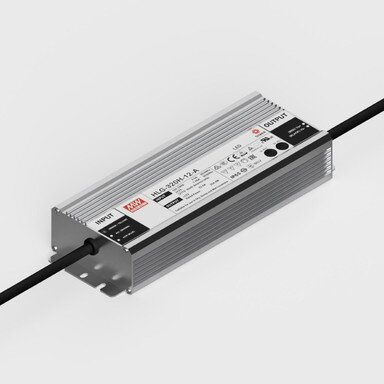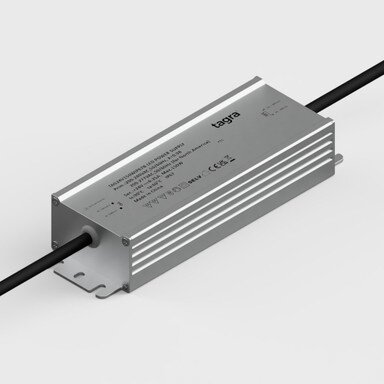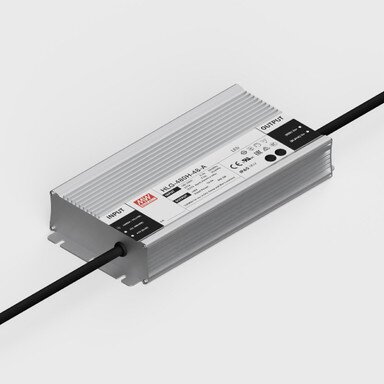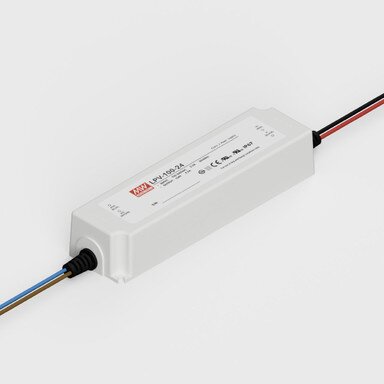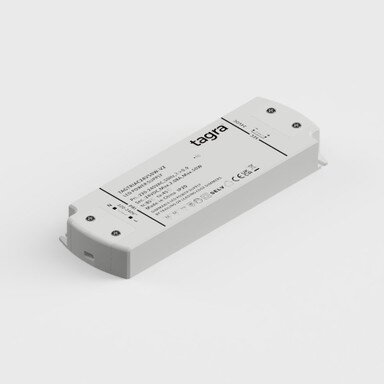Order by 23rd Dec 5pm for Pre-Xmas Delivery
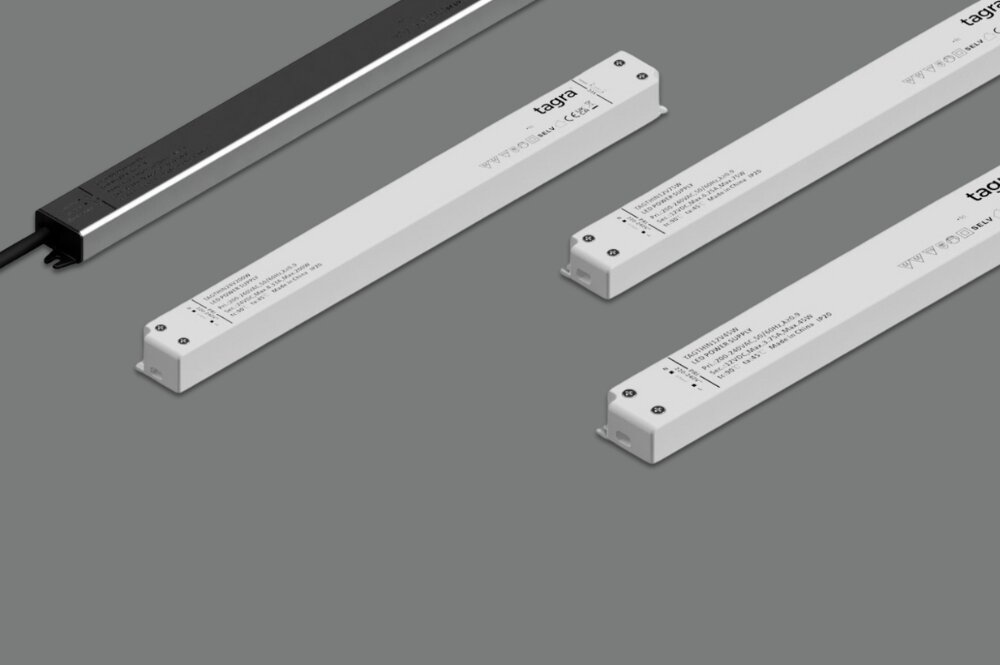
What is an LED Driver | Complete Guide
What is an LED driver? Simply put, an LED driver converts the AC mains electricity, like the power from a plug socket, into the DC extra low voltage (ELV) needed by most LED products, such as strip lights.
With so many LED drivers available, it’s important to pick the right one, but it’s easier than it sounds. In this guide, we’ll help you understand what an LED driver is, how it works, and how to select the best one for your project.
We’ll also cover additional features you might want to consider when setting up your lighting.
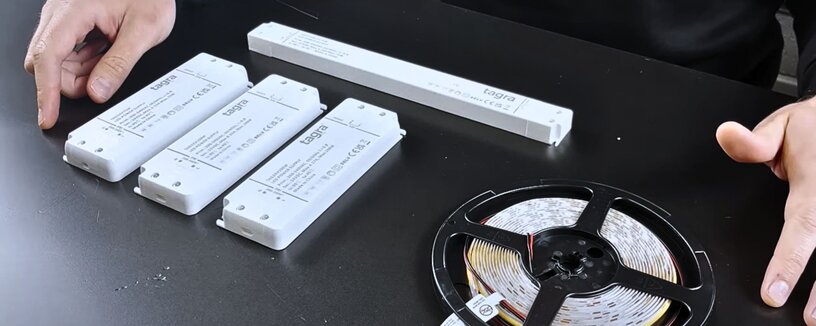
Do all LED lights need a Driver?
Not all LED lights need a separate driver. Some products, like LED bulbs or integrated light fittings, come with drivers already built-in.
However, most LED strip lights or neon lights require a separate driver. What does an LED driver do in these cases? It acts as a transformer, taking the high-voltage AC power from the mains and turning it into the lower-voltage DC power that LEDs need.
For example, If you're installing LED strip lights under kitchen cabinets or around the TV, you'll need to select a driver that matches the power requirements of the lights. The right driver ensures your lights stay bright and last a long time.
Constant Voltage vs. Constant Current Drivers
LED products come in two main types: constant voltage (CV) and constant current (CC). So, what does an LED driver do in each case?
1. Constant Voltage
Most LED strip lights, like the ones we offer at UltraLEDs, are constant voltage. In a CV system, the driver ensures that the voltage stays the same, regardless of how much power the lights are using.
If the product is specified as 12V, 24V or 48V, it is very likely to be a constant voltage product. This is great for products like strip lights, where flexibility is key - you can cut them to different lengths without having to adjust the driver.
However, a long run of LED strip lights may experience something called "voltage drop." This is when the lights at the end of the strip appear dimmer than the ones at the start.
2. Constant Current
Constant current drivers are used for more specific applications like LED modules inside high bays, light boxes, or even display signs.
Here, what does an LED driver do? It keeps the current (amps) the same and adjusts the voltage as needed.
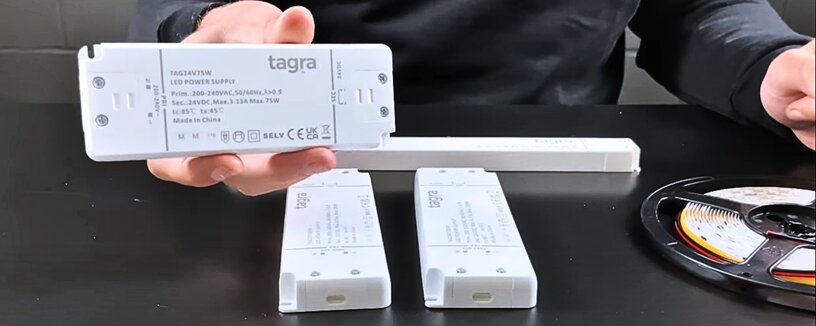
Choosing the Right Voltage and Power for Your LED Driver
Selecting the right voltage and wattage for your driver is crucial to ensure your LEDs work correctly and safely. Let’s break it down:
1. Voltage
Choosing the right voltage is one of the most important steps when selecting a driver. The voltage of the driver must match the voltage required by the LED lights.
What does an LED driver do in this case? It ensures that your LEDs get the correct voltage, preventing them from being overpowered (which can lead to overheating and burnout).
Imagine you're using LED strip lights that require 24 volts. If you accidentally choose a driver that supplies 12 volts, the lights won’t even turn on. But if you choose a driver that provides too much voltage, like 48 volts, the lights will get too hot and burn out quickly. Matching the voltage is essential.
The output voltage of the driver MUST match the input voltage of the LED product that it’s connected too. If the voltage is too low, the LEDs won’t light.
If it’s too high the LEDs will overheat in a process called thermal runaway which is dangerous, and which damages the chips and can reduce their lifespan.
The input voltage of a product is listed in its datasheet and is shown either on the product itself or on a label on its cable.
The input voltage should also be checked. The mains supply in the UK is 230V so the vast majority of LED drivers sold in the UK are compatible with 230V input. However, countries such as the USA typically use 120V.
Some drivers are compatible with both 120V and 230V input, but most work only with one or the other.
Both the input and output voltages are listed in the data sheet and printed on the driver.
2. Wattage
Wattage is like the capacity or “power capacity” of the
driver. It’s important to choose a driver that can handle the total power load
of your LEDs.
What does an LED driver do if you pick one with too low a
wattage? It could overheat, fail, or shut down to protect itself.
Say you have a 5-metre LED strip light that uses 10W per
metre, that’s 50W total. You’ll need a driver that provides at least 55W to
give it a bit of a cushion. A 60W driver would be ideal.
3. Dimming and Colour Control
Some LED drivers come with dimming and colour control features. What does an LED driver do in these cases? It allows you to adjust the brightness or colour temperature of your LED lights to suit your needs.
Dimmable drivers fall into 3 main categories: TRIAC dimmable drivers which connect to the mains dimmers often found built into light switches, DALI drivers which connect to a DALI lighting control system often found in office spaces, and DMX drivers used to create animated display for events and architecture.
4. Driver Location
If the driver is installed somewhere damp or outside, it is worthwhile considering choosing one which is waterproof. In some cases, such as in bathrooms, this might be mandatory. The driver’s IP rating gives an indication of waterproofness. An IP20 driver can only be used somewhere dry whereas an IP65 driver will resist water.
The maximum operating temperature of a driver is printed on its case. If it’s going to be installed somewhere hot, make sure that the temperature of the space won’t exceed the driver’s maximum operating temperature.
Also choose a driver with a wattage that it much higher than the minimum calculated which will help it run cooler.
5. Safety Protection Features
LED drivers often come with built-in safety features that help prevent damage or accidents. What does an LED driver do when it detects a problem? It shuts down to protect the LEDs and itself from harm.
Some key safety features to look for include:
- Over-temperature protection: Automatically shuts down the driver if it gets too hot.
- Over-current protection: Stops the driver from sending too much power to the LEDs.
- Short circuit protection: Activates if there’s a wiring issue or connection fault.
- Over-voltage protection: Shuts down the driver if the input voltage is unstable or exceed safe limits.
For example, if you’re installing lights in a commercial space where safety is a priority, these built-in protections give you peace of mind, knowing your system is safeguarded against potential hazards.
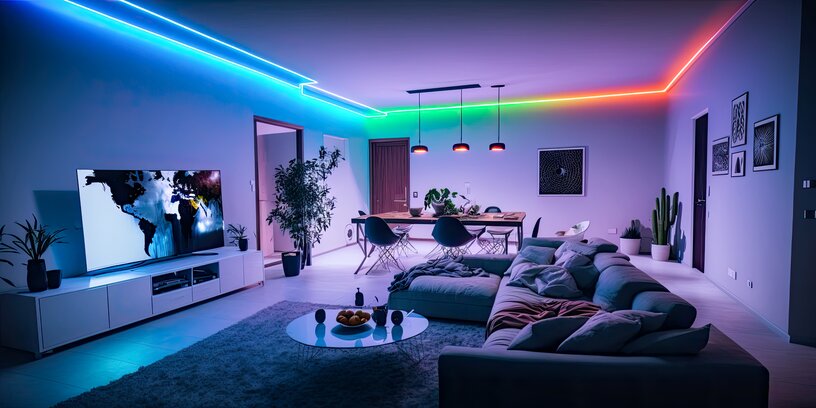
Some other useful considerations for choosing the best LED Driver…
To ensure you’re getting the most out of your LED driver,
consider the following:
Choosing the right LED Driver brand
Choosing a well-known and , reputable brand gives you the assurance that the product has been tested rigorously and that you’ll have access to customer support if needed. Some of the top brands we work with include:
- Tagra: With over a decade of market experience, they produce high-quality, reliable drivers.
- Mean Well: One of the leading manufacturers worldwide, known for quality, availability, and great customer service.
Ensuring the LED Driver is correctly installed
Proper installation is key to ensuring your a driver works correctly and safely. Here are a few tips:
- Make sure someone qualified handles the mains electrical work.
Work on the mains side carries a significant risk of electric shock, and all electrical work comes with a risk of fire if not correctly installed and commissioned. - Mount your driver to a metal surface to help dissipate heat.
Wooden surfaces tend to trap heat and cause drivers to fail. - Ensure that there is ventilation around the driver.
If it’s mounted in an enclosure, the datasheet will set out how big this needs to be. Airflow around the driver will stop it from overheating. - Check that your driver is suited to the environment by paying attention to its IP rating.
This sets out how well it’s protected against dust and water. - Consider adding a fuse to the output of the driver for extra protection.
If a fault occurs in the cabling or LED strip, this will cut the current to the system and could help prevent a fire. It’s important to note that the fuse in a driver’s plug won’t help protect anything connected to its output. - Select the correct cabling.
The input and output current are printed on the driver. Make sure that the current capacity of the cabling at least matches the input or output it’s attached to. Mains-rated cable must be used on the input. Never use cabling designed for computer networks to power LEDs. Ultra LEDs sells a range of low extra-low voltage cabling specifically designed to connect LED strip lights. Check out our ProCable range.
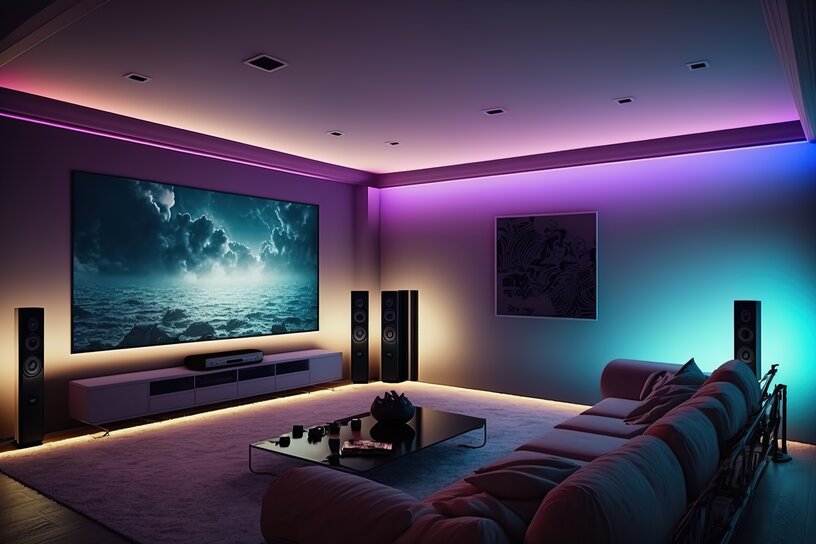
Fancy a chat about LED drivers?
Choosing the right LED driver really doesn’t need to be daunting, and we hope we’ve given you a good idea of what’s involved in them. If you’re ready to choose the right LED driver for your lighting installation, then you’re welcome to browse our extensive LED Driver selection. Alternatively, if you’d prefer a more personal touch, why not give us a call, or get in touch with us – we’d be happy to talk you through them all and ‘shine some light’ (apologies) on your project needs.
Frequently Asked Questions About LED Drivers
What is an LED driver, and why do I need one?
An LED driver is a device that regulates the power to your LED lights. Without a driver, the LEDs may receive too much or too little power, which can cause them to fail. It’s an essential component for the safe and efficient operation of your lighting system.
What does an LED driver do if the wrong one is used?
If the voltage is too high, the LEDs will overheat and burn out. If the voltage is too low, they won’t turn on. Using a driver with insufficient wattage can cause it to overheat or shut down.
How long does an LED driver last?
A high-quality LED driver can last between 30,000 and 50,000 hours, depending on the brand and how well it’s matched to your setup. Proper installation and ventilation also help extend its lifespan.






